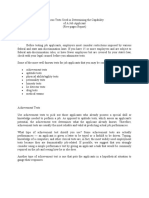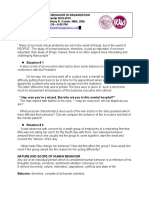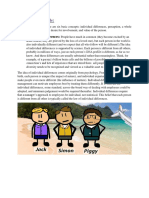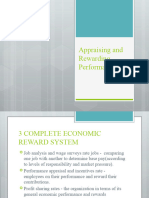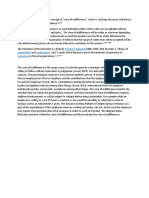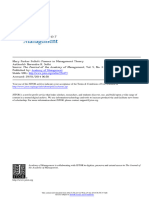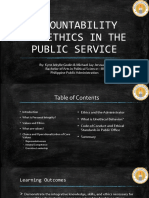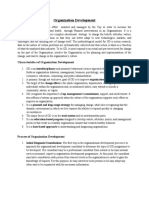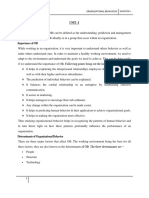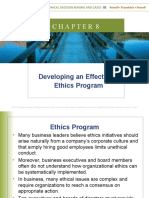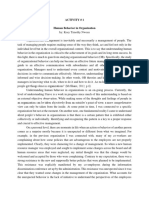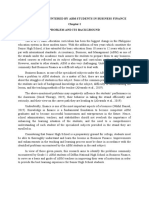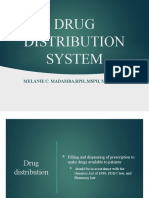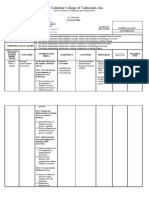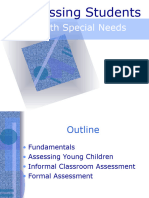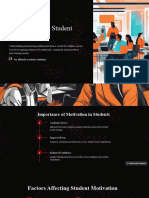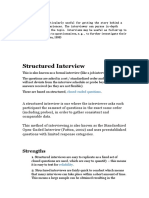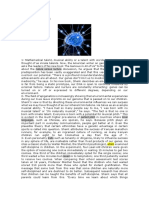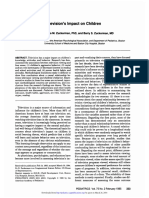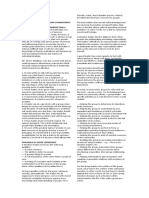0% found this document useful (0 votes)
726 views3 pagesUnderstanding Organizational Behavior
The document discusses how understanding human behavior in organizations is important for effective management and long term success. It notes that organizational behavior (OB) knowledge can help managers communicate effectively, make informed decisions, and understand employee motivations and actions. The level of understanding is ongoing and internal experience provides a more comprehensive view than external observation alone. Patterns in individual and collective employee behavior should be recognized to enable proper response. Resistance to new policies from employees in one organization highlighted how lack of involvement in planning led to unexpected behavior versus the desired changes.
Uploaded by
Joram David BeltranCopyright
© © All Rights Reserved
We take content rights seriously. If you suspect this is your content, claim it here.
Available Formats
Download as DOCX, PDF, TXT or read online on Scribd
0% found this document useful (0 votes)
726 views3 pagesUnderstanding Organizational Behavior
The document discusses how understanding human behavior in organizations is important for effective management and long term success. It notes that organizational behavior (OB) knowledge can help managers communicate effectively, make informed decisions, and understand employee motivations and actions. The level of understanding is ongoing and internal experience provides a more comprehensive view than external observation alone. Patterns in individual and collective employee behavior should be recognized to enable proper response. Resistance to new policies from employees in one organization highlighted how lack of involvement in planning led to unexpected behavior versus the desired changes.
Uploaded by
Joram David BeltranCopyright
© © All Rights Reserved
We take content rights seriously. If you suspect this is your content, claim it here.
Available Formats
Download as DOCX, PDF, TXT or read online on Scribd
/ 3

